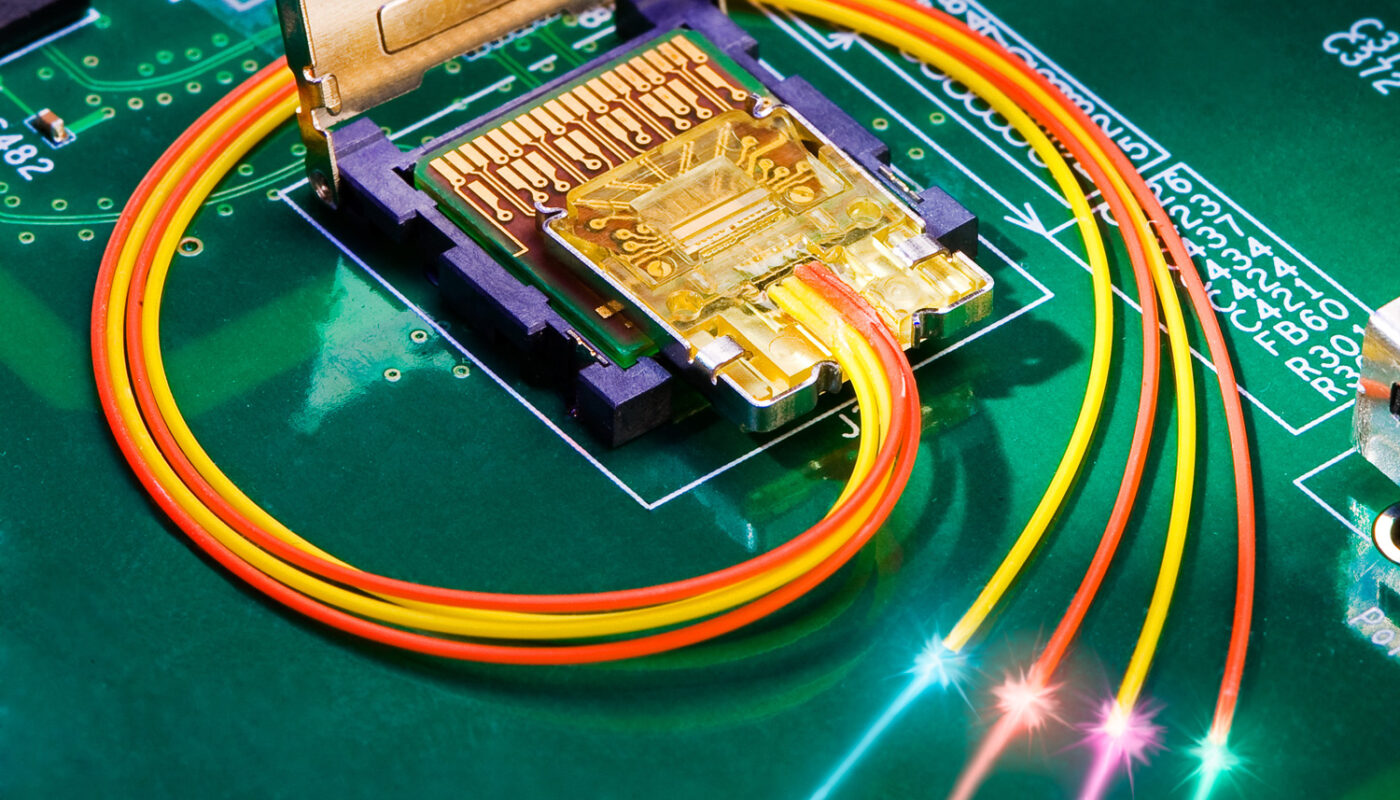Silicon photonics refers to the integration of optical components onto a silicon chip. Just like electronic integrated circuits enabled modern computers and gadgets, it aims at achieving the same miniaturization and integration of photonic components at very large scales using mature silicon fabrication technologies. Silicon is an ideal material for the integration of photonics as it is transparent at near-infrared wavelengths used in optical fiber communications and is already the fundamental building block of microelectronics.
History and Development
The origins of silicon photonics can be traced back to 1970 and 1980 when research began on optoelectronic devices made from silicon. However, silicon does not emit light efficiently and the technology was not mature enough. In the late 1980s, research shifted towards developing passive photonic devices like optical waveguides on silicon chips that help guide and process optical signals. Major milestones include the demonstration of the first Silicon Photonics optical modulator in 1993 followed by the silicon optical amplifier in 1999. Significant progress has been made since 2000 with major chip makers and governments ramping up research into commercializing silicon photonics.
Components of a Silicon Photonic Chip
– Waveguides: These are the basic building blocks which guide and direct light on the chip similar to copper tracks for electrons. Silicon waveguides form the backbone of a photonic integrated circuit (PIC).
– Modulators: Modulators vary some property of light like intensity, phase, or polarization to encode data onto the optical carrier signal. The most common type is the Mach-Zehnder modulator.
– Detectors: Photodetectors convert the encoded optical signal back into an electronic signal. Germanium is commonly integrated on silicon chips for photodetection.
– Sources: Lasers and LEDs are used as optical sources. Due to silicon’s indirect bandgap, external III-V compound semiconductor lasers are coupled or flip-chip bonded to provide light sources.
– Filters and Multiplexers: Arrayed waveguide gratings (AWGs) act as wavelength division multiplexers/demultiplexers enabling WDM channels on PICs.
– Amplifiers: Optical amplifiers boost the power level of light traversing through long distances on chips or in fibers. Active components based on Er- or Raman amplification are being investigated.
Applications
Silicon photonics is aimed at addressing exponential growth in data communication needs with the rise of 5G, IoT, cloud computing and data centers. It enables seamless integration of high-speed optical links in compact semiconductor chips to overcome limitations of electronics in communications. Some key applications are:
– Data Centers: PIC transceivers enable high port-density optical interconnects between switches, servers and storage at 25-400Gbps speeds within and between data centers.
– Telecom Equipment: PICs enable advanced routing, switching and signal processing capabilities in telecom networks running at multiple terabits per second aggregate speeds.
– Consumer Electronics: Data transmission in smartphones, laptops, gaming consoles can benefit from compact silicon photonic links operating at dozens of Gbps speeds.
– Sensing: Integrated photonic biosensors have applications in medical diagnostics, environmental monitoring and industrial quality control.
Research Challenges and Developments
While impressive progress has been made in silicon photonics, several technical challenges lie ahead on the road to widespread commercialization:
– Efficient Light Sources: Developing CMOS compatible lasers with low power consumption remains a major hurdle to fully monolithically integrated PICs. Promising approaches being explored are hybrid III-V bonding and carrier injection based silicon lasers.
– Packaging Technologies: Reliably and densely packing tens to hundreds of optical connections in compact chip packages along with efficient fiber coupling is critical for applications like data centers.
– Large Scale Integration: Future systems demand continued scaling of density and complexity of photonic circuits akin to electronics with billions of components on a single chip or wafer. Achieving this level of integration will require breakthroughs in design automation and yield optimization methods.
– Performance Improvements: Reducing operating power levels, improving speed, extending bandwidth and reliability of components are major ongoing areas of research and development. Novel nonlinear or quantum photonic devices also hold promise.
With continued progress across these multi-disciplinary challenges, Silicon Photonics is set to transform not just communications but completely revolutionize connectivity in computing and a wide range of domains leading to a fully interconnected world at optical speeds in the coming decades.
*Note:
1. Source: Coherent Market Insights, Public sources, Desk research
2. We have leveraged AI tools to mine information and compile it



